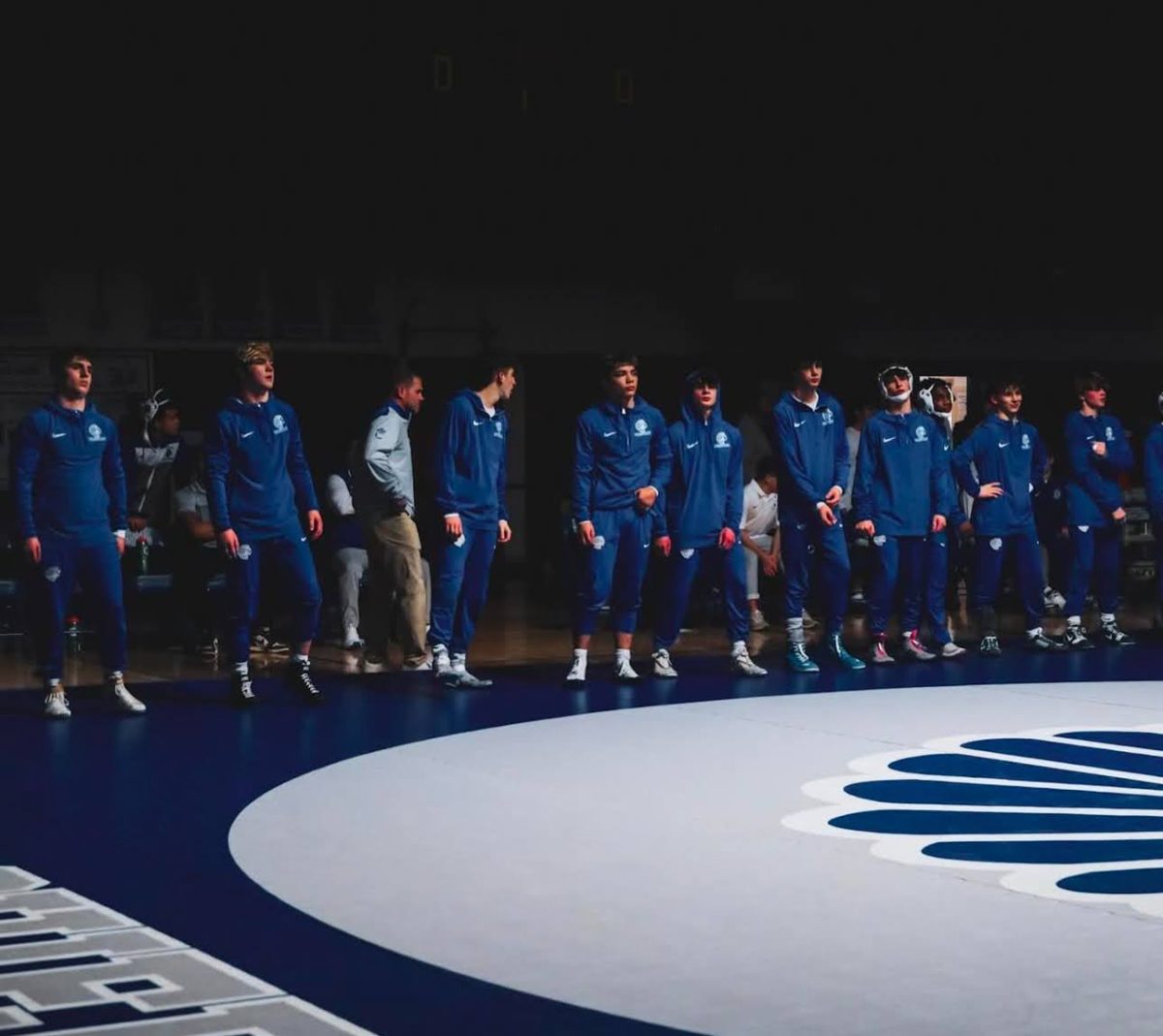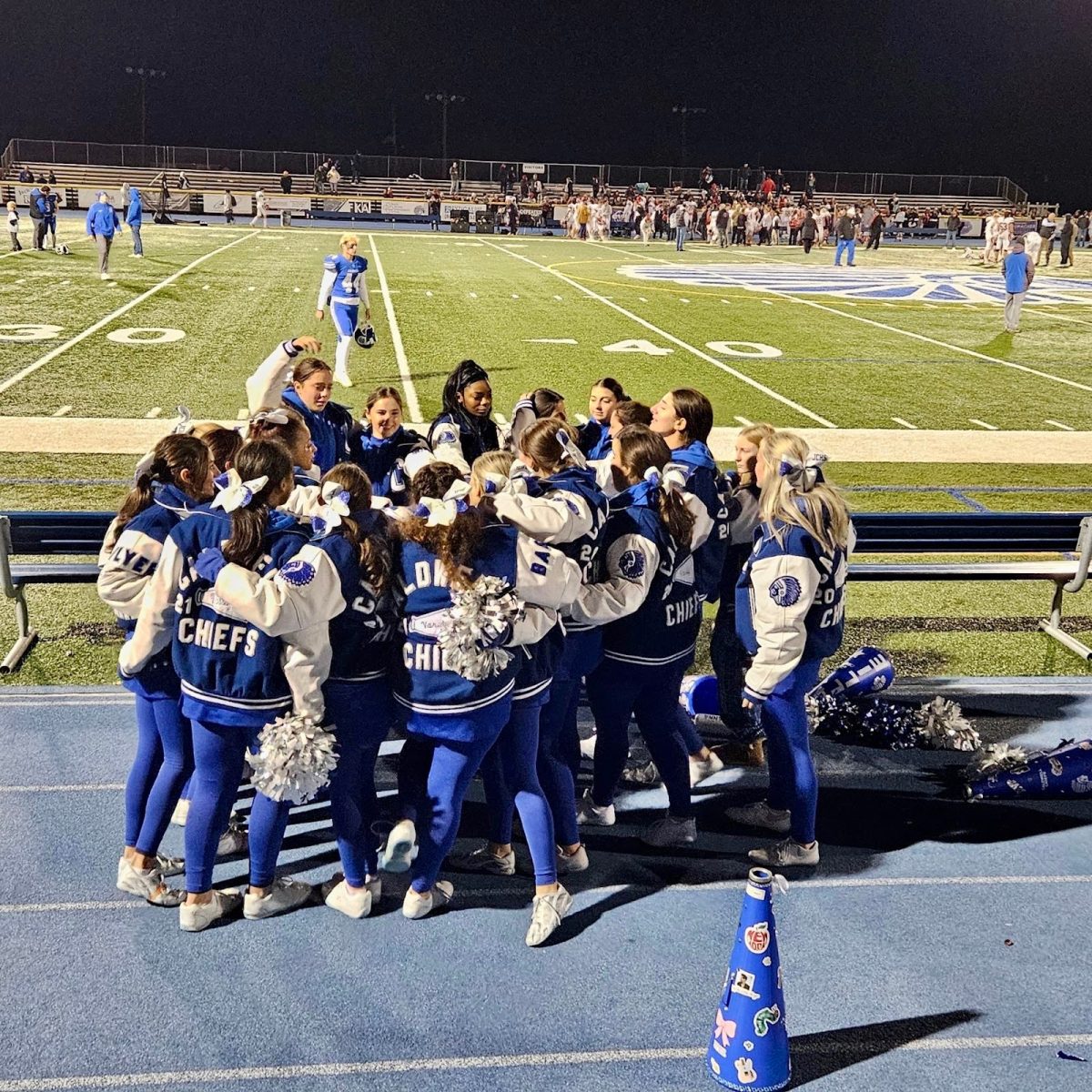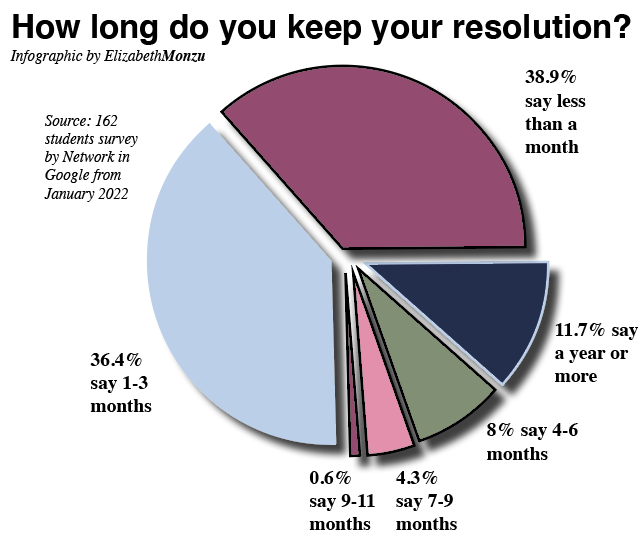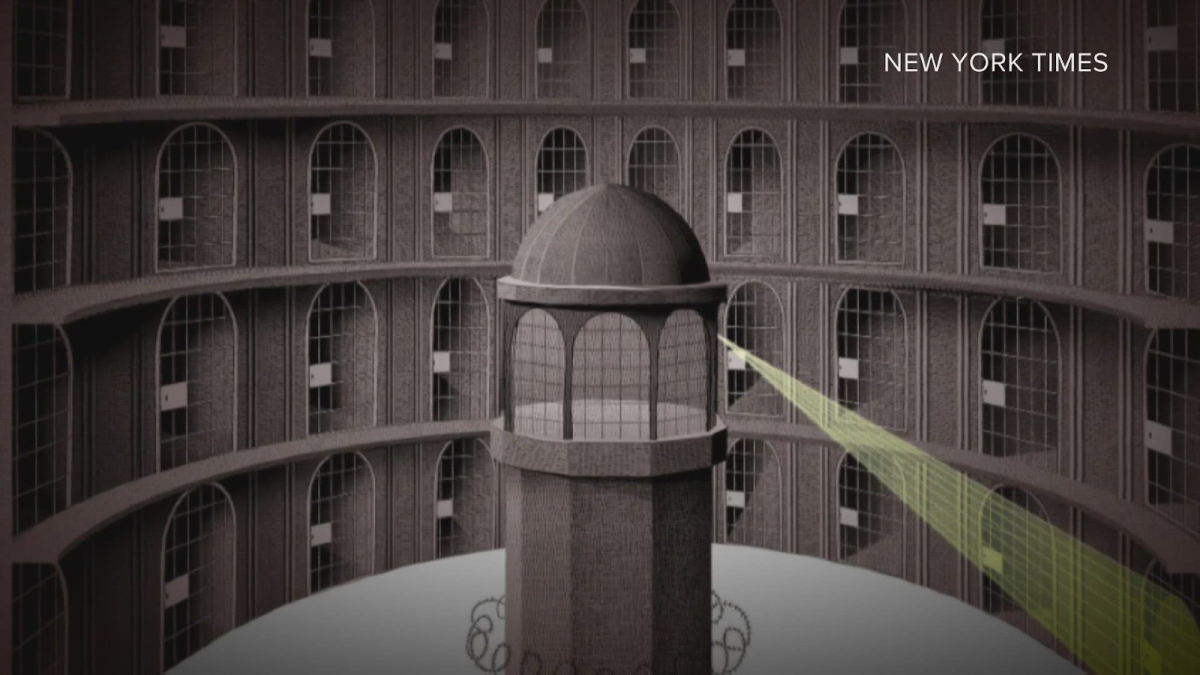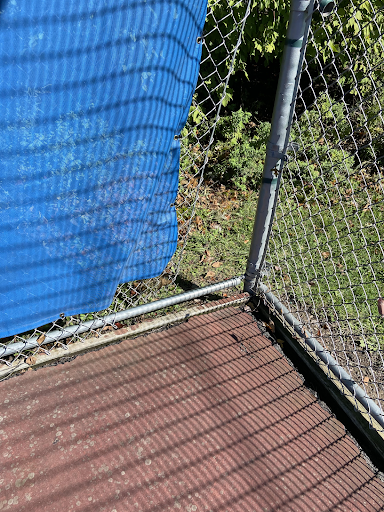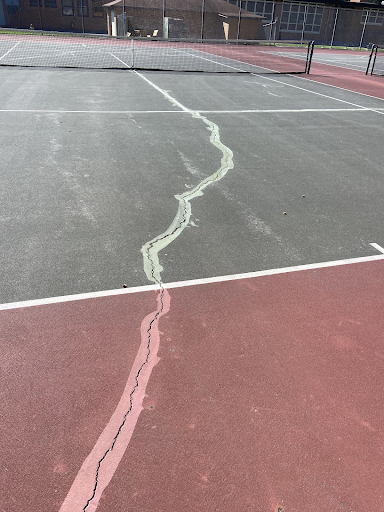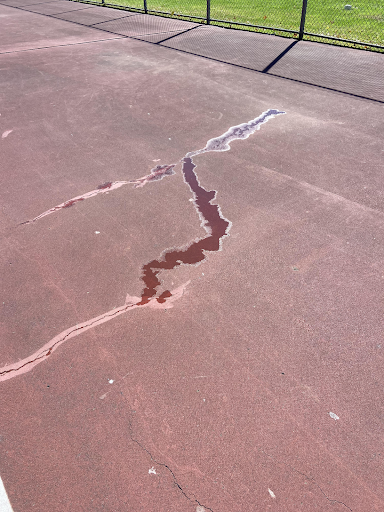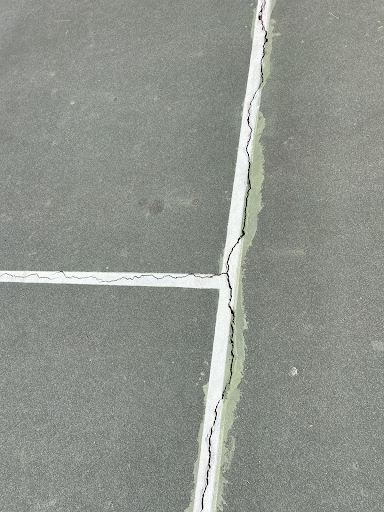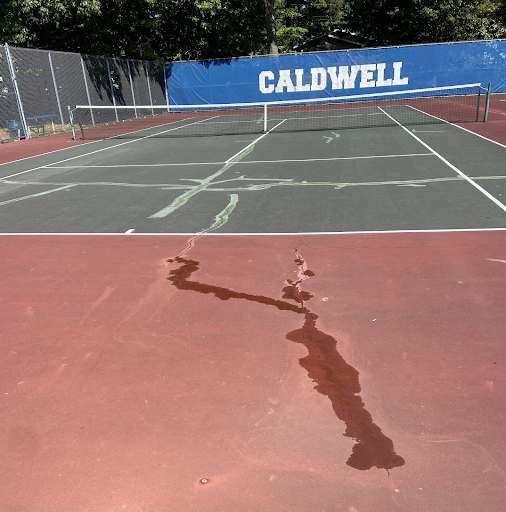


Imagine: you’re at the final point of a grueling tennis match. Your opponent rips a great shot back at you, you prepare to strike back when suddenly, mayhem. The ball hits one of the cracks in the court, shoots away from you, and you lose. For most high school players, this would never happen; however, this is the unfortunate reality of the JCHS tennis teams. Year after year, the teams have had to play on cracked, leaky courts, with broken fences and nets that often come undone. Out of respect for the teams and school’s integrity itself , it’s time for a change.
To assess the extent of the damage, one need only walk to the back of the school. JCHS’s football field may be polished to a T, but its tennis courts pale in comparison—the faded red and green tennis courts are caved in, littered with cracks, leak often, and pool water when it rains. While attempts have been made to fix these issues, they have only underscored the severity of the courts’ poor condition, and in some ways, exacerbated them. The courts, rather than being resurfaced to fix the cracks, were simply filled with a sandy gravel mixture and repainted in a color that only highlighted the existence of the cracks. The depressions on the courts were filled with black asphalt, and no attempt was even made to paint over them. The leaking problem remains unresolved.
If this list of issues with the courts isn’t convincing enough, boys varsity first singles tennis player, Jimmy Quagliana, recounts a tale in which he and his opponent kept a broom on their court to sweep away water leaking through the cracks from the prior evenings’ rainfall. Another boys varsity player recalled that their second singles player at the time, Evan Brown, lost his match because balls kept hitting the cracks and shooting away from him. The girls’ varsity team has lost a multitude of balls due to holes in the fence and have experienced losses similar to the boys’ due to the cracks in the courts. Girls’ varsity third singles player, Alex Li, believes the cracks in the courts may have been partly responsible for her calf injury that caused her to miss over half of this past tennis season.
An additional problem with the courts is the lack of a fifth court. Most high schools at least five courts, necessary to allow all five position to begin at the same time. Without a fifth court, valuable time is wasted as seconds doubles often must wait over an hour before beginning play. Recently, when the girls’ team played Cranford, the first words out of the Cranford coach’s mouth noted how the lack of a fifth court was embarrassing.
Based on the sheer number of problems the courts are plagued by, it is clear that the condition of the courts needs to be addressed. According to McConnell and Associates, tennis courts should be fully resurfaced every 4-8 years, but if there is cracking, leaking, and water pooling, they should be resurfaced even sooner (“How to Tell”). Even lower cost renovations such as new fences and nets would improve the quality of play.
Brian McCarthy, the CWCBOE Business Administrator, examined the courts first hand on Monday, October 10 and agreed that they were in need of repair. He is currently looking into pricing for renovation of the courts. This information will be passed on to the Board of Education for their consideration. Short term solutions are highly unlikely due not only to the costs but also to the long term expansion plans.
Athletic Director Dan Romano explains that resurfacing the courts may not happen since it’s likely the courts will not remain in the back of the school forever. Mr. Romano says that possible plans would relocate the courts and add a fifth one, which may be why nothing has been done to fix the extensive damage of these current courts. Romano explains that resurfacing the courts would possibly cost around $400,000, only for them to be completely removed in a few years.
While this is exciting news that future expansion plans in the district might include needed renovations to the tennis court and that this news provides an explanation why nothing has been done as of late, the question still stands, “What can be done to fix the state of the current tennis courts now?”







